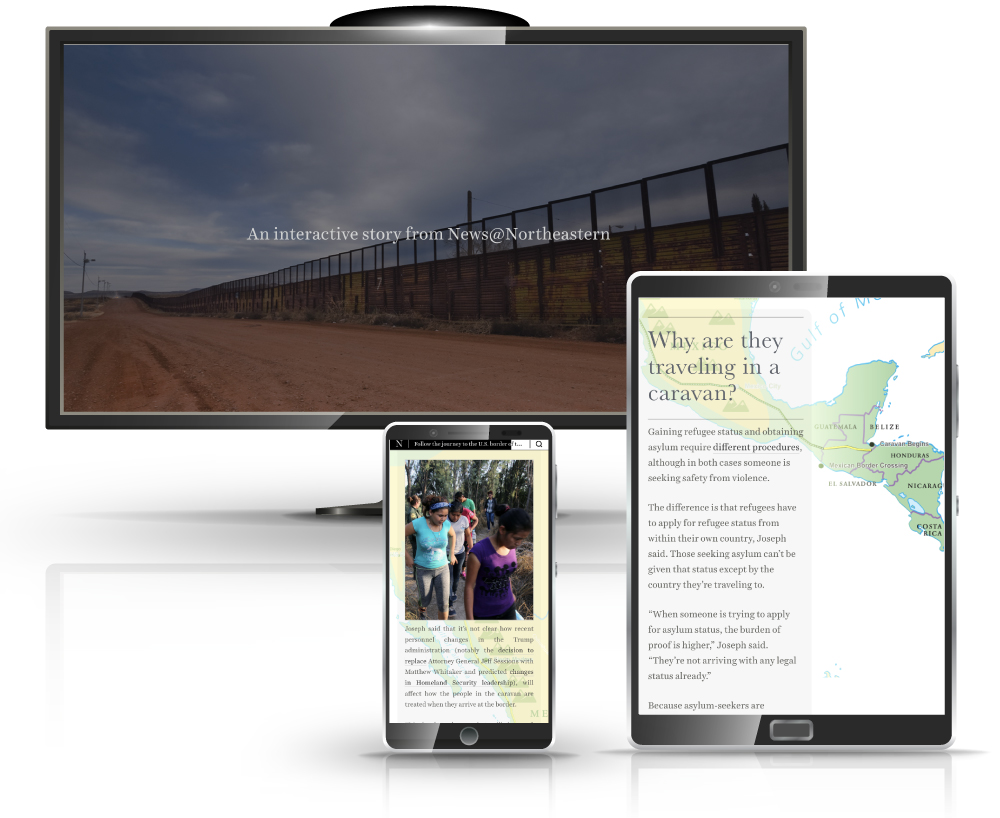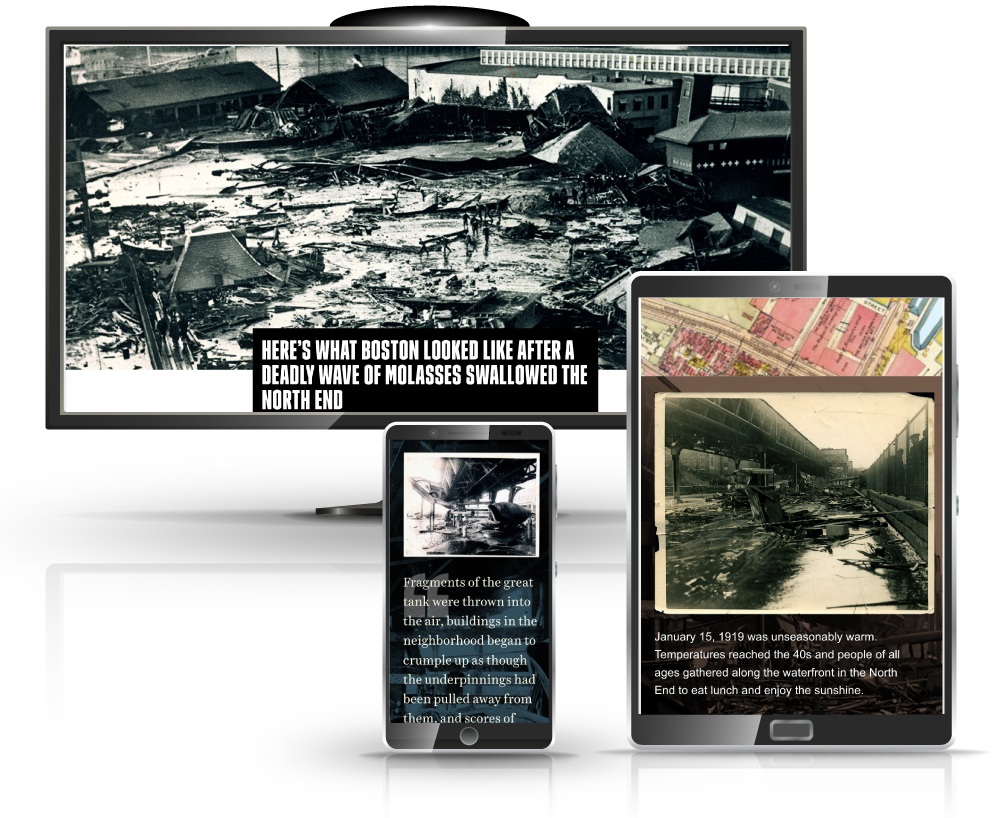THE HUSKY MASCOT EMERGED FROM A MASS VACCINATION EFFORT
10/26/21
The Northeastern Husky mascot has a storied history going back nearly 100 years, including a long line of canines that retired as sled dogs and joined the university as live mascots. Here’s the story of the Northeastern Husky, replete with vintage photographs that underscore how deep the mascot is engrained in school spirit.
—
Why a Husky?
Northeastern had no mascot until 1927 after momentum grew to find a fitting symbol for school spirit. Animal mascots were in vogue during the 1920s and one story that gripped the nation was the rush delivery of a diphtheria antitoxin serum by dog sled across uncharted Alaska. Several sled teams led by huskies covered 674 miles in less than a week to deliver the vaccine, thus saving Nome, Alaska, and the surrounding isolated communities from an impending epidemic.
In short, the husky was a superstar and Northeastern chose its mascot. On March 4, 1927, a husky named Sapsut, whose father had been on the team during the Alaska run, was delivered to the university by Leonhard Seppala, one of the Alaskan serum run’s lead mushers. Then Northeastern president Frank Speare canceled classes on the day of his arrival and presented him as the new mascot in a university-wide celebration. Sapsut was given an honorary degree and named King Husky. He served for 14 years as the mascot and died of old age in 1941.
New kings and turnover on the throne
The next long-serving mascot was King Husky II, who came from a long line of sled and exploration dogs. King Husky II served as Northeastern’s mascot for 10 years until he retired in 1952.
Here come Mr. and Mrs. Husky
In 1960 “Mr. Husky” was born. Set up as an election-style competition, one male student was awarded the title and would wear a husky suit to sporting events. Later in the 1960s, Mrs. Husky was introduced, becoming an official co-mascot.
The Husky Statue Fund Drive began in the late 1950s to install a statue depicting the beloved King Husky I. Sculpted by Adio di Biccari and Arcangelo Cascieri, the statue was installed in 1962 in Ell Hall, where it remains to this day. Tradition holds that rubbing the husky’s nose will bring good luck in the coming academic year and the bronze statue’s nose shows distinct signs of wear from hopeful students over the years.
Return of the live king
In 1965, the graduating class of 1970 decided to raise funds to buy a new canine mascot for the school with the stipulation that the dog would “graduate” with the class. King Husky V served as the live mascot for five years until the class of 1970 graduated.
Introducing Paws
In the fall of 2003, Northeastern unveiled Paws—a new, updated, costumed mascot designed to replace the student-elected Mr. and Mrs. Husky. Paws proved to be a fun and popular character and maintains an active appearance schedule.
A new beginning
In 2005, Northeastern looked to return to its tradition of having a live mascot. Margaret Cook, a 1964 graduate of the university’s liberal arts program and breeder of Siberian Huskies at Teeco Kennels in Easton, Massachusetts, answered the call. Three of Cook’s huskies have worn the crown since 2005. The current king, called Moses, frequently makes appearances on campus. If you’re lucky, you’ll see Moses with puppies in tow.


